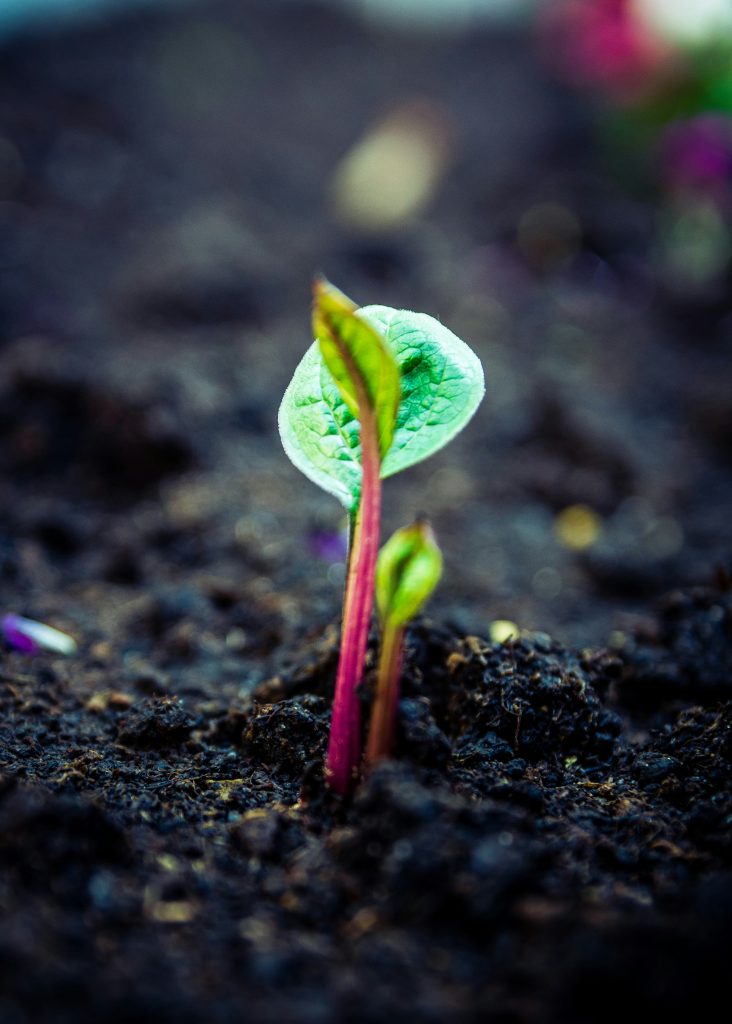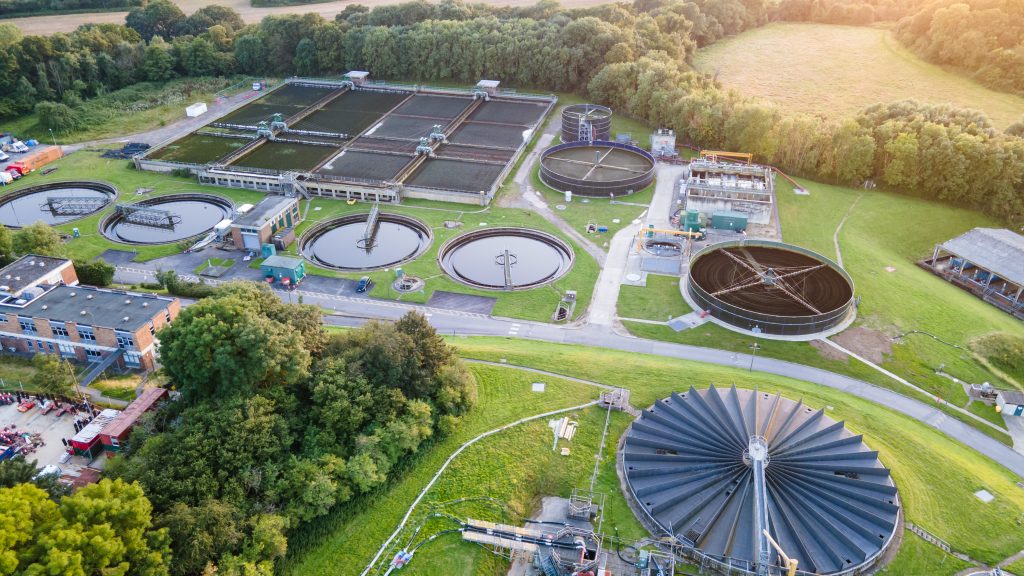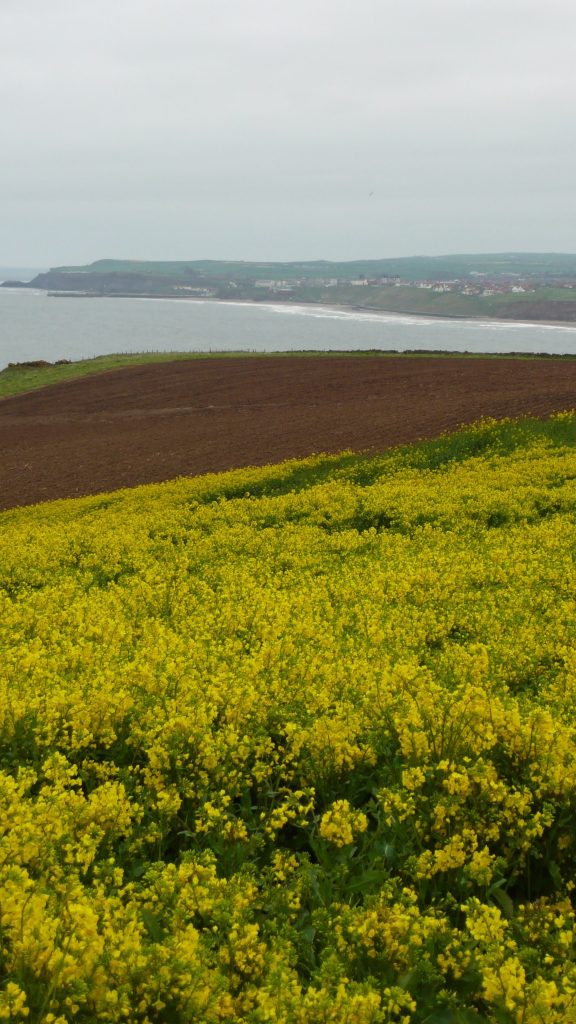Sewage Free Soils
Pollution, both chemical and plastic is one of the five main drivers of biodiversity loss. Wastewater treatment is used to remove contaminants from water but the sludge or biosolids produced after the sludge treatment process act as a sink for these contaminants. Contaminants such as PFAS and microplastics are currently almost impossible to remove during sewage sludge treatment.
Around 60% of Scotland‘s treated sewage sludge is applied to agricultural soils.1
Our agricultural soils are a finite resource, essential in climate regulation and a biodiverse habitat in their own right – 60% of the world’s biodiversity is found in soils2. The health of these soils is vital, so their protection from harmful contaminants is crucial.
The Problem
Sewage sludge contains a complex mixture of chemicals and microplastics, inevitably impacting soil health.3 The occurrence of potentially harmful organic contaminants such as persistent PFAS, endocrine–disrupting bisphenols and pharmaceuticals is particularly problematic as they are almost impossible to remove from sludge.
A common disposal route for treated sewage sludge is its application to productive agricultural soils. Once applied to land, nutrients, organic matter, and closely associated contaminants can be transported from the soil into rivers and the wider environment, ultimately ending up in the oceans.
Potentially toxic elements and pathogens in sewage sludge are regulated, but synthetic chemicals (e.g., PFAS, bisphenols, parabens) and microplastics are not. Therefore, without testing for this complex mixture of chemicals and the existing need to establish viable restrictive limits for all contaminants of concern found in sewage sludge, we believe that a precautionary classification of “persistent organic pollutant contaminated waste” should be adopted until the levels found within sewage sludge are proven to be safe.
Our recent farmer and land manager survey found that 89% of participants were concerned about the potential risks from the application of contaminated biosolids to land, and 84% would welcome tighter regulation and monitoring of biosolids and other organic fertilisers for contaminants.
The Impacts of Contaminated Sewage Sludge
Sewage sludge contains contaminants that are known to be hazardous to wildlife. From pharmaceuticals, dioxins, weedkillers, and high levels of microplastics, these pollutants are hidden within sludge products that are routinely spread as fertiliser on farms throughout Scotland, England and Wales.
Microplastics cascade through soil food webs affecting organisms like worms, ants and springtails and have knock-on impacts for nutrient and carbon cycling. Some vulnerable species may already be under evolutionary pressure from the presence of microplastics in soil.
For some emerging threats to human and ecosystem health – both chemical (e.g. pesticides, nanoparticles) and biological (e.g antimicrobial resistance), there is simply not enough information to be able to ascertain the relative importance of biosolids as a source of these contaminants to the environment.
A precautionary approach to materials manufacture, use, and disposal encourages us to look upstream and to re-design products and systems in ways that primarily prevent problems rather than dealing with them at the “end of the pipe.”
Fidra appreciate the potential value of sewage sludge as a resource and an essential cog in the circular economy wheel. It is a source of soil health-enhancing organic matter and the essential crop nutrients nitrogen and phosphorus. Valuable nutrients are recycled to reduce reliance on inorganic fertilisers and extraction of non-renewable mineral and fossil fuel resources.
However, the hidden dangers that remain unregulated and poorly understood demonstrate inadequate and unacceptable levels of environmental protection.
Fidra supports Scotland’s net–zero ambition and recognises the unfavourable environmental impacts of energy and carbon-intensive activities such as incineration compared to land recycling.
Fidra also recognises the importance of the often-overlooked Stockholm Convention‘s aim to reduce or eliminate the release of POPs (persistent organic pollutants) into the environment. Any wastes containing POPs, like sewage sludge, should be processed so that the POP content is destroyed or irreversibly transformed.
We do not advocate building new energy from waste incinerators and accept that technological improvements and capacity expansion at existing facilities are part of the solution for diverting wastes contaminated with POPs away from land.
Precautionary Principle
The contaminants from treated sludge are being transferred to agricultural soil with potential, unknown impacts. Given that soil is a finite resource vital for long-term food security, the economy and biodiversity in Scotland, the precautionary principle needs to be upheld to avert legacy contamination of soils and the wider environment.
Preventative action is necessary and has already been taken in many countries in the EU. Scotland, England and Wales should strive to follow suit to ensure our soils are healthy, biodiverse, and productive for future generations. Land application of treated sewage sludge products in their current contaminated form is a significant risk and a process that is not environmentally sound.
References
- Water Industry Commission for Scotland website: https://wics.scot/publications/scottish-water/annual-return-regulatory-accounts/2019-20-annual-return
- Anthony, M. A., Bender, S.F. and van der Heijden, M.G.A. (2023). Enumerating soil biodiversity, Ecology, 120 (33). doi 10.1073/pnas.2304663120
- de Souza Machado, A. A. et al. (2018) Microplastics as an emerging threat to terrestrial ecosystems, Global Change Biology, 24, 1405–1416. doi: 10.1111/gcb.14020.



